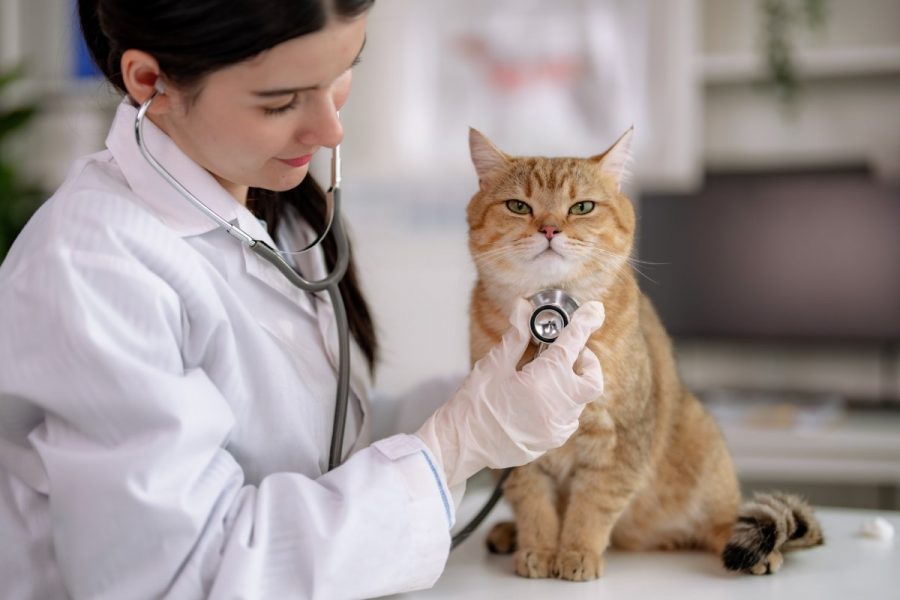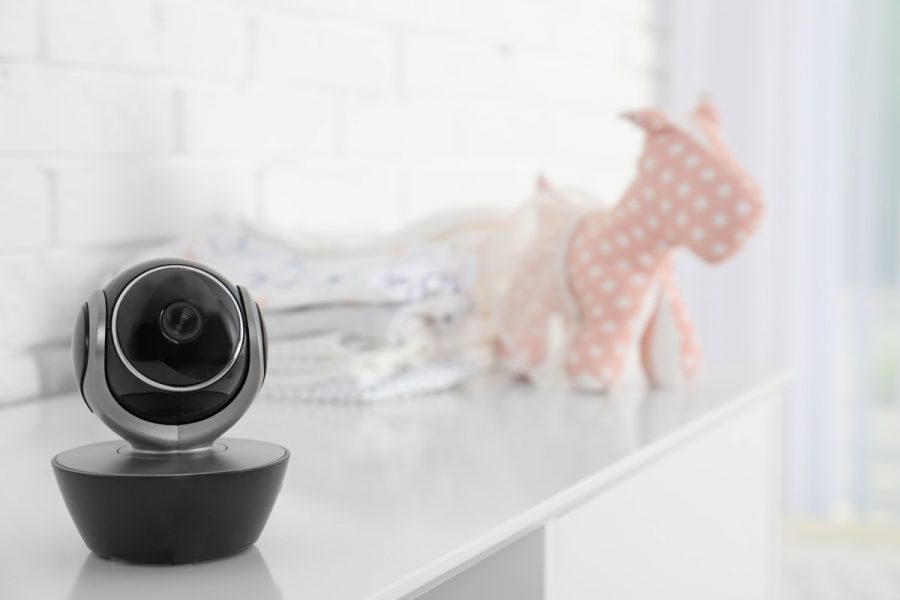Keeping track of the activities of your pets is the dream of many dog and cat owners. What do they do when I’m not around? Are they okay? Are they bored? Do they wander off a lot? To answer all these questions, new technologies for pets have appeared on the market: GPS collars for dogs and cats, activity monitors, cameras – everything is good to monitor your dog or cat in any circumstance. Here’s everything you need to know.

How to Monitor Your Dog’s and Cat’s Health Remotely?
On the pet accessories market, there are activity monitors. Like Kippy CAT and Kippy EVO, these sensors record your pet’s data such as the number of steps, jumps, walking time, movement, grooming, sleep, and many other activities. These indicators are very useful for detecting any change in behavior, often a sign of an underlying disease. Because yes, even though we talk to them, our pets are generally much less talkative when it comes to their health.
However, if your pet jumps or moves less than usual, it could be suffering from arthritis. If it licks excessively, it may be suffering from a behavioral disorder.
These small details can easily go unnoticed at first, and thus delay the care of the animal by a veterinarian. The daily use of an activity monitor for your dog or cat is therefore far from being a gadget and proves to be a true indicator of your pet’s health.

How to Monitor Your Dog or Cat Daily?
GPS Collar
Being able to locate your dog or cat at any time is THE way to ensure you don’t lose them. This technology originally reserved for humans to avoid getting lost in the car is particularly useful for pet tracking.
The GPS collar for dogs and cats is presented as:
• Either as a small device that attaches to your pet’s collar. Or
• As a collar that already integrates GPS, as is the case with Kippy CAT.
Then, all you have to do is track your beloved dog or cat’s location and movements on a dedicated application that you have previously downloaded to your smartphone.
An important criterion to check before your cat is the weight of the sensor. It must not exceed 40 g for a cat and 60 g for a dog, in order not to injure your pet’s joints.
The accuracy of the sensor is also an important factor that can vary depending on the models and especially whether the tracker is with or without a subscription.
Pros and Cons of a GPS Collar Without Subscription
Subscription-free GPSs have two advantages:
- The only expense to consider is the purchase of the sensor.
- The battery is generally long-lasting. A significant advantage when you know how many days our companions are capable of wandering off.
However, for a battery to last 1 month, the accuracy of the sensor may not be there. Imagine your phone’s GPS app running for 1 month without being charged? Impossible, we agree.
So there is no miracle. Subscription-free GPS collars are not very accurate (location within about 30 m). They do not work with satellites, but with Bluetooth, WIFI, or even smartphones present nearby. An important detail to know, because without these means nearby, it is impossible to locate your pet.
Pros and Cons of a GPS Collar With Subscription
GPS collars with a subscription use satellites to locate your dog or cat. Like a smartphone GPS app, they benefit from great accuracy (within 2.5 m).
But with great precision comes a higher battery consumption. Depending on the models, it can last between 24 hours and up to 7 days for the most performant models (Kippy CAT and Kippy EVO). So you should carefully study the different products offered on the market before getting one.
These little technological gems require a subscription (payable monthly or in one go for a defined period). The monthly cost of this subscription ranges from €5 to €30 depending on the brands. It generally includes a number of additional services such as personalized advice.

How to Monitor Your Dog or Cat?
Another way to monitor or even spy on your pet is: the camera!
Connected Camera
It stands out as an essential connected device to always keep an eye on your four-legged companion. How is my dog or cat doing? Does it have enough water, food? Is it safe?
A remote camera allows you to ensure the safety of your pet in all circumstances and offers you various features such as:
• Sound to listen to what’s going on at your place.
• Voice to address some sweet words to your dear four-legged companion.
• Night vision to monitor it even when the sun is down.
• Dispensing food.
• Barking alerts.
The connected camera ensures close surveillance of your pet.
How to Choose the Best Connected Camera to Monitor Your Dog or Cat Remotely?
There are many camera models as well as a variety of features. To make your choice, it is important to check certain technical criteria:
• Image quality. It must be up to standard to monitor your pet with a decent image! So, prefer full HD.
• Lens rotation. Because there is little chance that your pet will always face the camera, some models pivot in the vertical and horizontal axes.
• Field of view. Unable to move the lens, there are cameras called “wide-angle.” They ensure you have a 360° view of the room.
• Memory. It is important to know if your pet’s images are stored and for how long.
These criteria should therefore be studied according to your needs and also your means since the prices of these cameras vary between €30 and €200.
However, do not forget that investing in a connected camera for your pet can also be useful for protecting your home.
This article might also interest you: What Are the Benefits of Having a Pet?
